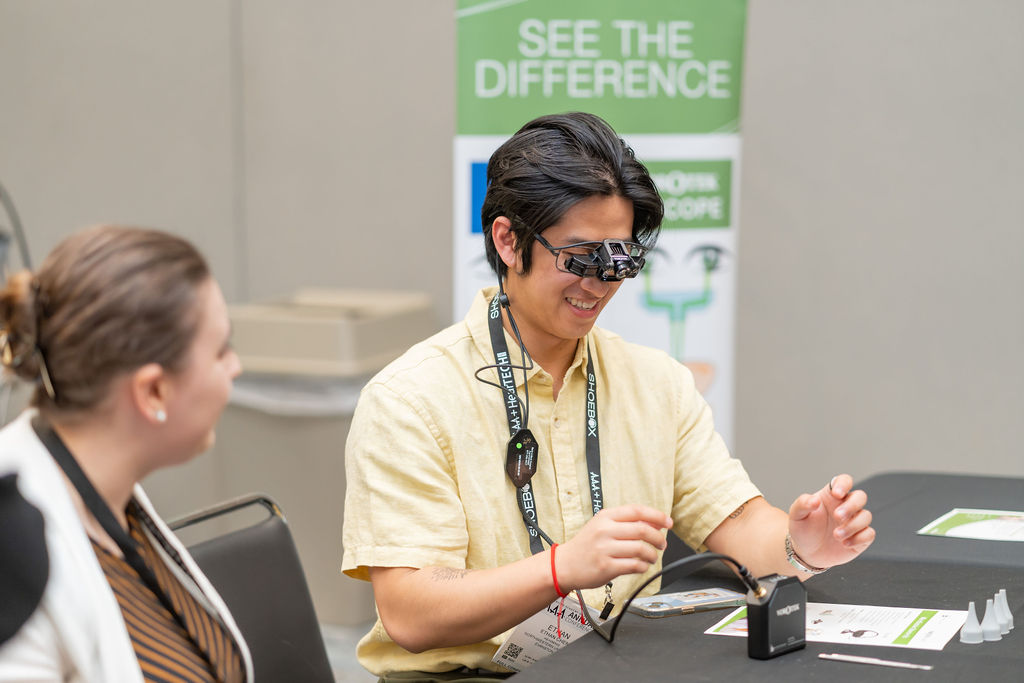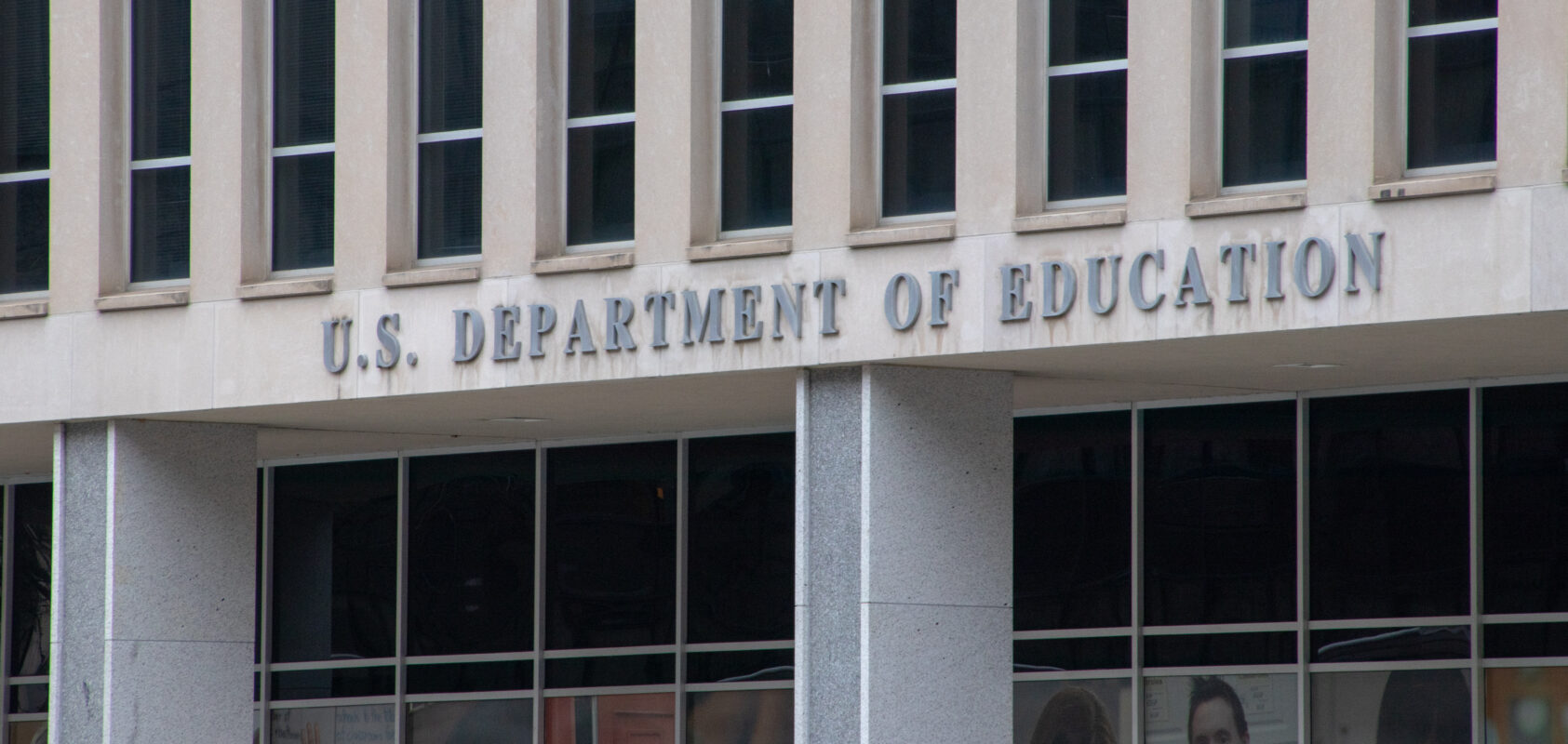Intervention for children with auditory neuropathy spectrum disorder (ANSD) represents a significant challenge in pediatric audiology. A critical tool for the fitting of amplification in young pediatric patients, the auditory brainstem response (ABR), is compromised in this population for estimation of behavioral thresholds. Despite compromised ABR responses, cortical auditory evoked potentials (CAEP) can often be recorded from ANSD patients, and there is emerging research in the application of CAEP for estimation of behavioral thresholds in this population (He et al. 2013). The limitations of objective measures places significant pressure on the acquisition of accurate behavioral measures, which is often complicated by comorbidities that can accompany ANSD (e.g., prematurity).
Even when thresholds can be obtained the question remains to what is the appropriate method of intervention? Do you fit amplification, is a cochlear implant the best option? Currently, the American Academy of Audiology’s Pediatric Amplification Guideline recommends that children with ANSD receive a hearing aid trial if their behavioral thresholds are sufficiently high to impede speech perception at conversational levels. Though the guidelines suggest a hearing aid trial, there are few studies examining the benefit of amplification in children with ANSD. Many earlier studies were indicating limited benefit showing in children with severe to profound behavioral thresholds, were possibly fit below targets due to the concern of over amplification, and may have received delayed intervention until behavioral thresholds could be obtained.
Walker et al. (2016) in an upcoming issue of the Journal of American Academy of Audiology explore this topic. In the study, Walker and colleagues compared outcomes in children with ANSD (n=12) to children with similar degrees of mild to moderately severe sensorineural hearing loss (n=22) in an accelerated longitudinal design study. All of the children were fit with bilateral hearing aids based on the Academy Pediatric Amplification Guideline using DSL v5.0 prescription targets. They were also compared on measures of speech production, speech perception, and language outcomes using the Comprehensive Assessment of Spoken Language (CASL) test, the Phonetically Balanced Kindergarten List (PBK), Computer-Assisted Speech Perception Assessment (CASPA) in background noise, and Little EARS Auditory Questionnaire.
The results showed no significant difference between children with ANSD and sensorineural hearing loss (SNHL) in outcomes in a variety of different domains including expressive morphosyntax, pragmatics, vocabulary, articulation, and adaptive behavior. Speech perception was comparable between groups in quiet, but ANSD children performed poorer than SNHL matched children with background noise.
Overall the results do not support the need for differential intervention of amplification management for children with ANSD with mild to moderately-severe SNHL. In other words, ANSD children with elevated behavioral thresholds should be fit to prescriptive targets. The study does not support the provision of low-gain hearing aids for the ANSD population. However, Walker and colleagues were quick to point out the limitations of the study including the small sample size and lack of data on psychosocial and academic development. They also expressed caution in the generalization of the findings to all children with ANSD, as not all children with ANSD achieve benefit with amplification and may have received a cochlear implant (CI) or had additional comorbidities (e.g., autism spectrum disorder, developmental delays, etc.). Children with CI or other comorbidities were excluded from participation
Future studies in the ANSD population are needed to develop objective measures of hearing assessment, define hearing aid trial success vs. CI candidacy, and compare outcomes in ANSD children with matched thresholds on the hearing aid and CI results.
Reference
Walker EA, McCreery RW, Spratford M, Roush PA (2016). Children with Auditory Neuropathy Spectrum Disorder Fitted with Hearing Aids Applying American Academy of Audiology Pediatric Amplification Guideline: Current Practice and Outcomes. J Amer Academy Audiol 27(3):204–218.
Recent Posts
Turn Insight Into Action! Attend Learning Labs at AAA 2026
Ready to take your professional development to the next level? At AAA 2026, Learning Labs are your chance to go beyond lectures and dive into…
Your Support Makes the Difference—Let’s Finish the Year Strong
As we wrap up the year, I want to thank you for your generosity supporting the AAA Foundation’s work. The enclosed report highlights what you…
Audiology Faces New Challenges Under Draft Federal Loan Rule: What Comes Next
Member Action Needed Soon! The U.S. Department of Education’s Advisory Committee has reached consensus on proposed regulations implementing the higher education provisions of the One…


